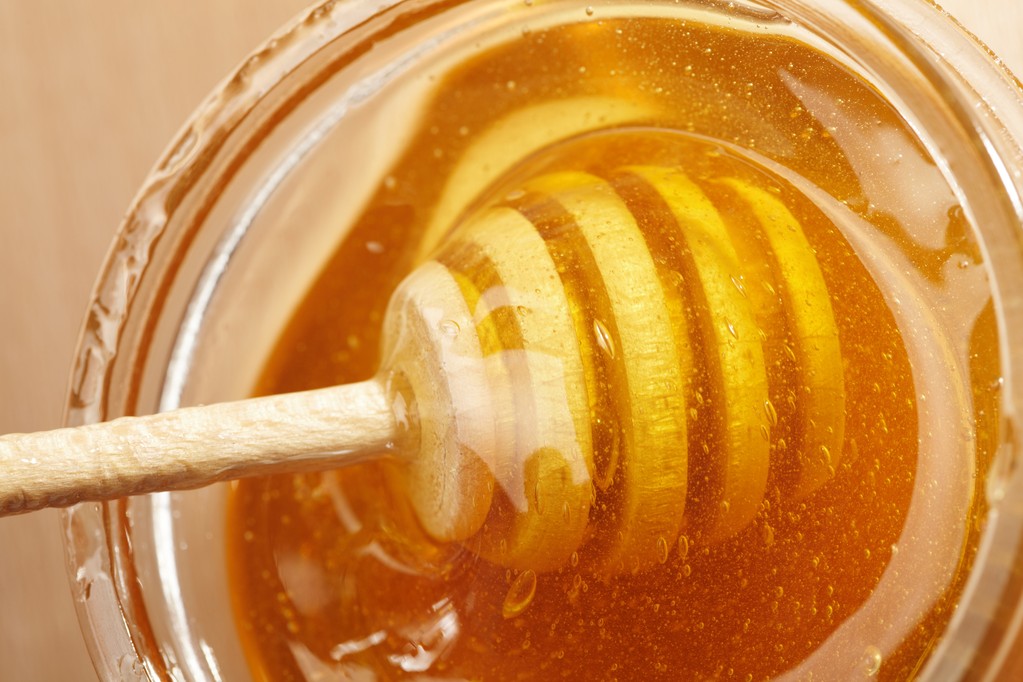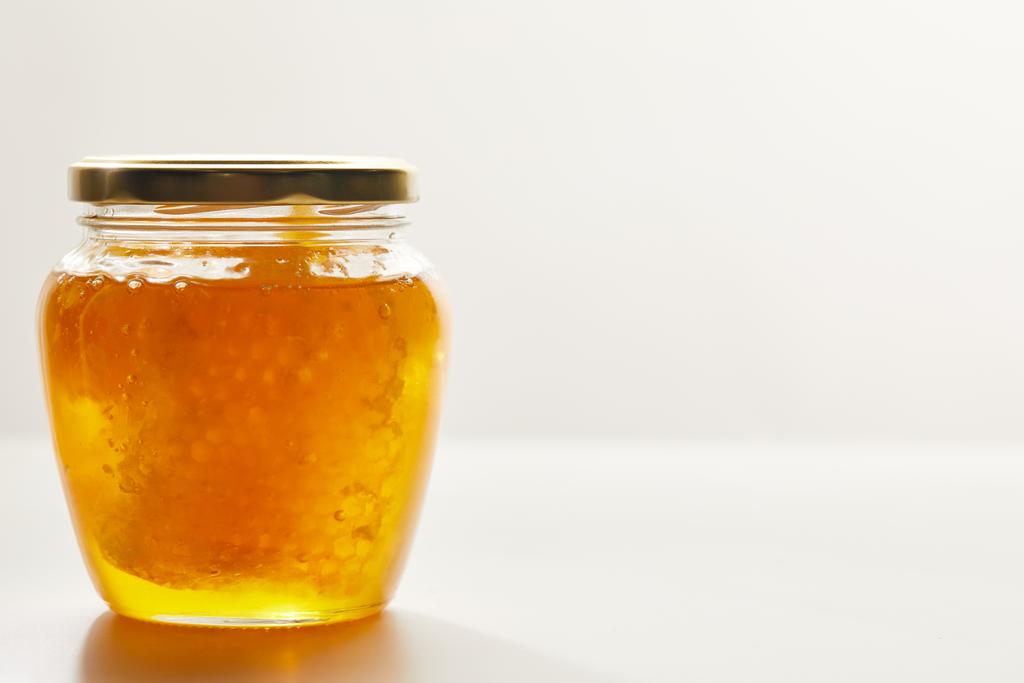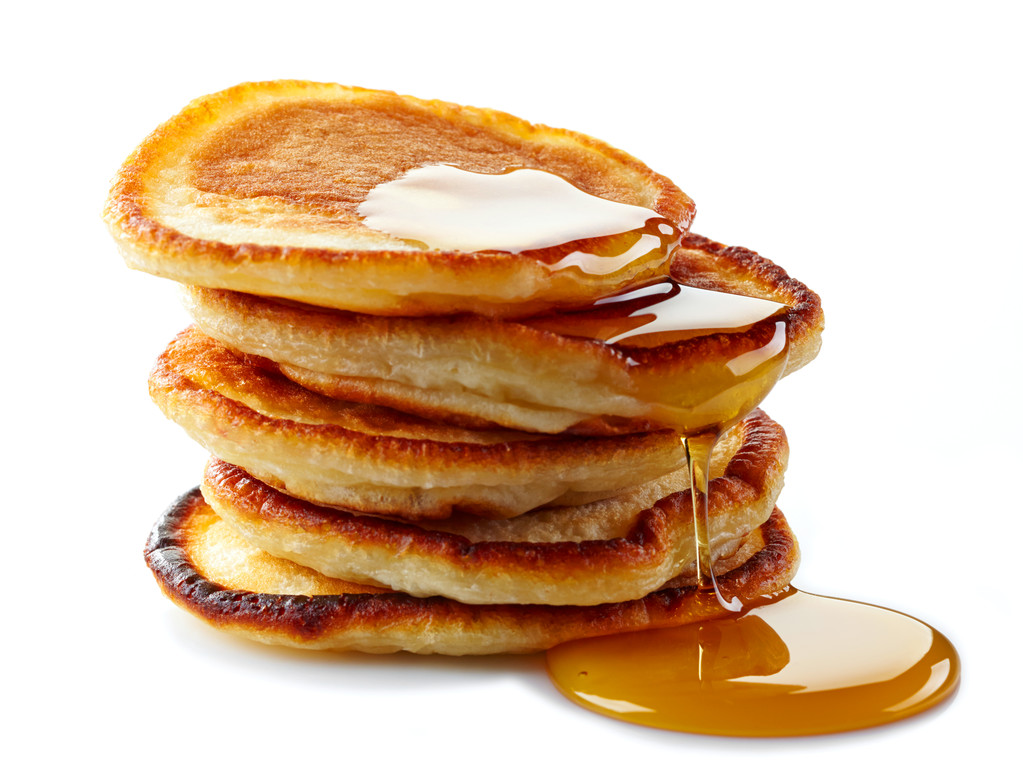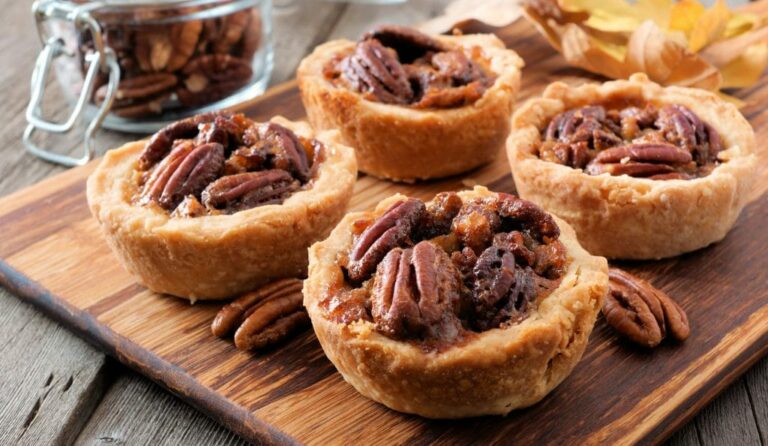Introduction: Maple Syrup in Canadian Cuisine
Maple syrup is a staple ingredient in Canadian cuisine, known for its sweet and distinct flavor. It is made from the sap of maple trees, which is collected in the spring and then boiled down to create the thick syrup. Maple syrup is not only used as a topping for pancakes and waffles but is also a versatile ingredient in a variety of sweet and savory dishes.
The History of Maple Syrup in Canada
The Indigenous people of Canada were the first to discover the sweet sap of maple trees and used it for medicinal purposes and as a sweetener. The process of making maple syrup was later adopted by European settlers who arrived in Canada in the 17th century. Since then, maple syrup has become an important part of Canadian culture and cuisine, with Canada being the largest producer of maple syrup in the world.
Production and Grading of Maple Syrup
Maple syrup production varies depending on the region and the type of maple tree being used. Generally, the sap is collected by tapping a hole into the tree and then boiling it down to create the syrup. Maple syrup is graded based on its color and flavor, with lighter colored syrups having a milder taste and darker syrups having a stronger, more robust flavor.
Common Uses of Maple Syrup in Canadian Dishes
Maple syrup is a versatile ingredient in Canadian cuisine and is used in a variety of dishes, both sweet and savory. It is commonly used as a topping for pancakes and waffles, as well as in desserts such as pies, tarts, and ice cream. In savory dishes, maple syrup is often used as a glaze for meats such as ham and salmon, or as a flavoring in sauces and marinades.
Traditional Canadian Dishes with Maple Syrup
Traditional Canadian dishes such as maple baked beans, tourtière, and sugar pie all feature maple syrup as a key ingredient. Maple baked beans are a staple in Quebec cuisine, made with navy beans, bacon, and maple syrup. Tourtière is a meat pie that originated in Quebec and is traditionally made with pork and spices, with a touch of maple syrup added for sweetness. Sugar pie, a dessert that originated in Quebec, is made with a rich filling of brown sugar, butter, and maple syrup.
Modern Canadian Cuisine with Maple Syrup
In recent years, Canadian chefs have been using maple syrup in innovative ways, incorporating it into new and exciting dishes. Maple glazed pork belly, maple roasted brussels sprouts, and maple glazed carrots are just a few examples of how maple syrup is being used in modern Canadian cuisine.
Health Benefits of Maple Syrup
Maple syrup contains antioxidants and minerals such as zinc and manganese, making it a healthier alternative to refined sugar. It also has a lower glycemic index, meaning it doesn’t cause a rapid spike in blood sugar levels.
Conclusion: Maple Syrup, a Canadian Icon
Maple syrup is not just a sweet topping for pancakes, it is an integral part of Canadian culture and cuisine. From traditional dishes to modern creations, maple syrup adds a unique flavor to a variety of dishes and is enjoyed by both Canadians and visitors to the country. Its history and production process make it a truly Canadian icon.







